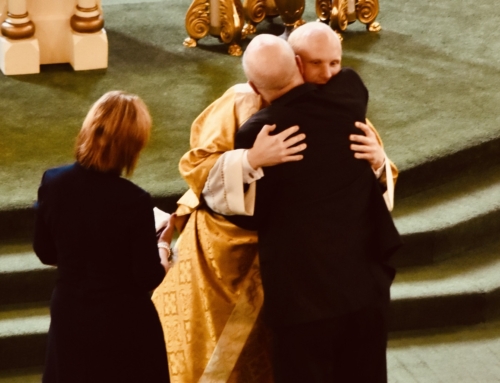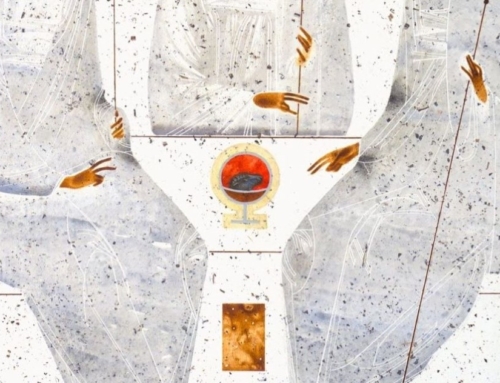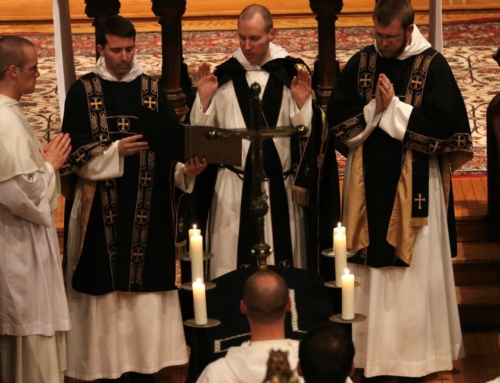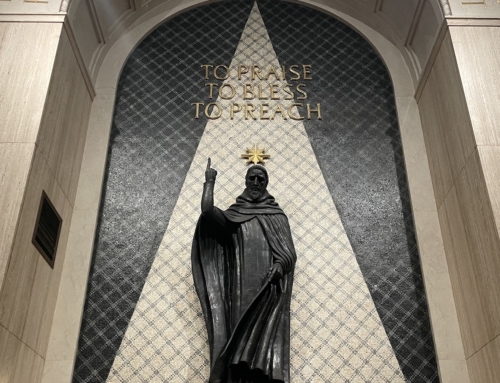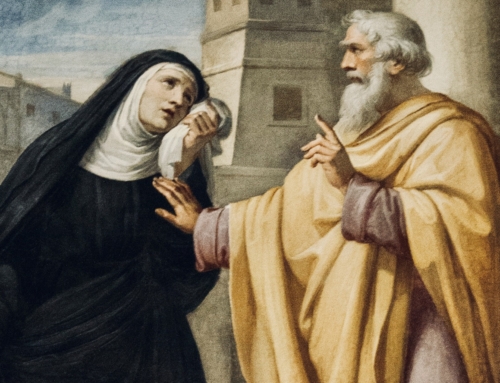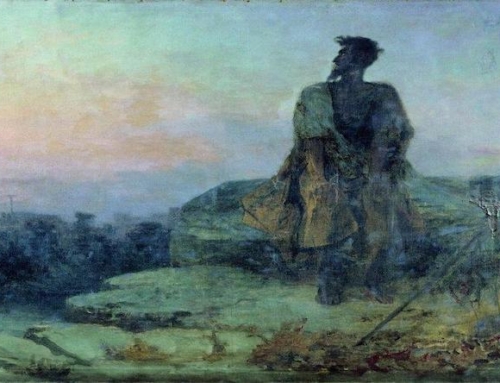In Judaism, families bury their dead with their own hands.
At the cemetery, once the wooden casket is laid in the grave, each member of the family takes a shovel, and throws a spadeful of earth down onto the lowered coffin.
I experienced this at the funeral of my Jewish grandfather. When it came time to fill the grave, I was taken aback by how terrible it sounded: the dirt hitting the wood, over and over again.
It was at that moment that the finality of what had happened struck me: that my grandfather is gone; that this life, this relationship, has ended.
It’s an abhorrent thought: that the people we love pass away—that there’s a definitive end to the story of their lives. This is why we avoid thinking about death: its sting—its finality—is too painful for us to bear.
Yet, the Church bids us to look death in the face: “Behold the wood of the Cross.” She asks us to contemplate the reality of the grave, but only in the light of Christ’s own death.
For by his own dying, Jesus somehow changed death. He removed its sting, that is, its ultimate finality. By passing from death to life, Our Lord changed death from an end into a beginning. Death no longer has the final word, for life has conquered it.
Our faith in the power of Jesus’s death and resurrection allows us to no longer taste the overwhelming bitterness of death: not that we don’t experience deep pain, or suffering, or loss from death, but that death is no longer a source of despair for us. For death has been robbed of its finality by the one who was himself buried in the heart of the earth: Jesus Christ.
✠
Photo by Gabriel Jimenez on Unsplash


